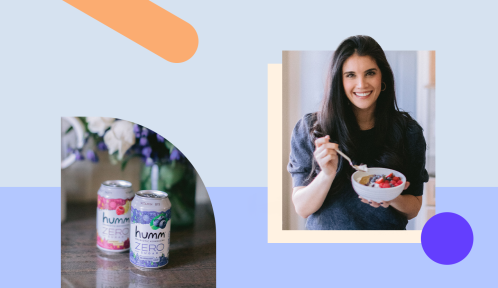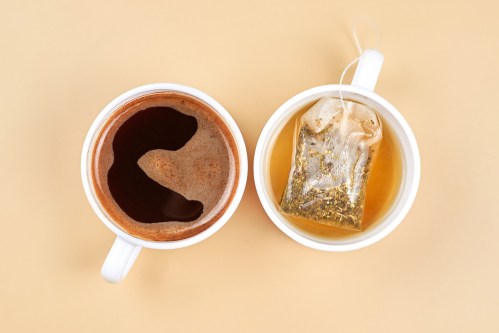Sign Up for Our Daily Newsletter
Get all the latest in wellness, trends, food, fitness, beauty, and more delivered right to your inbox.
Got it, you've been added to our email list.
Stock your fridge with RD-approved low-sugar snacks, like sunflower seed butter and kombucha, for all-day energy and nourishment.

Got it, you've been added to our email list.
What's shiny, sleek, and all over the streets right now?

Though everyone has their own preferences, is there one true caffeinated winner?

Take 40% off sitewide during the Ritual Mother's Day Sale—because what's better than the gift of health?

Let’s take a flowery dive into the loveliest rose perfumes on the market in 2025.

In Pico we trust.
